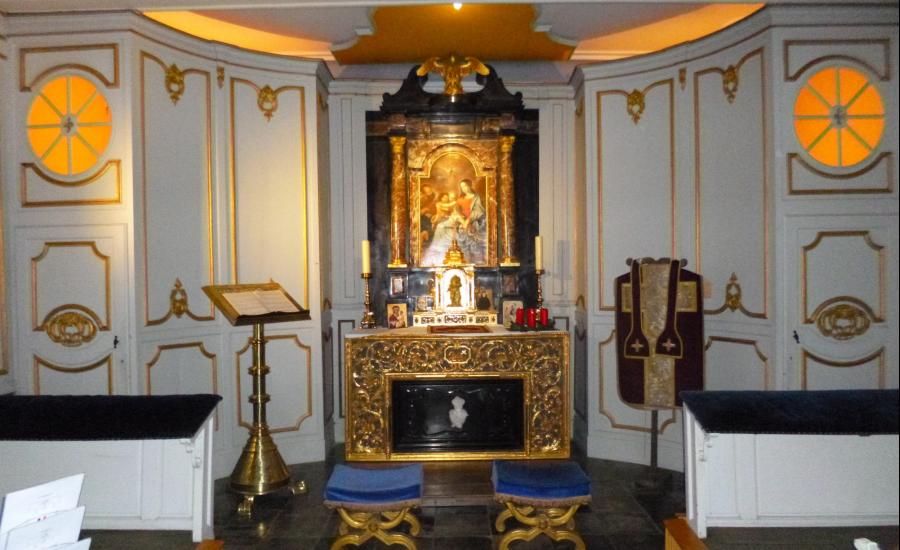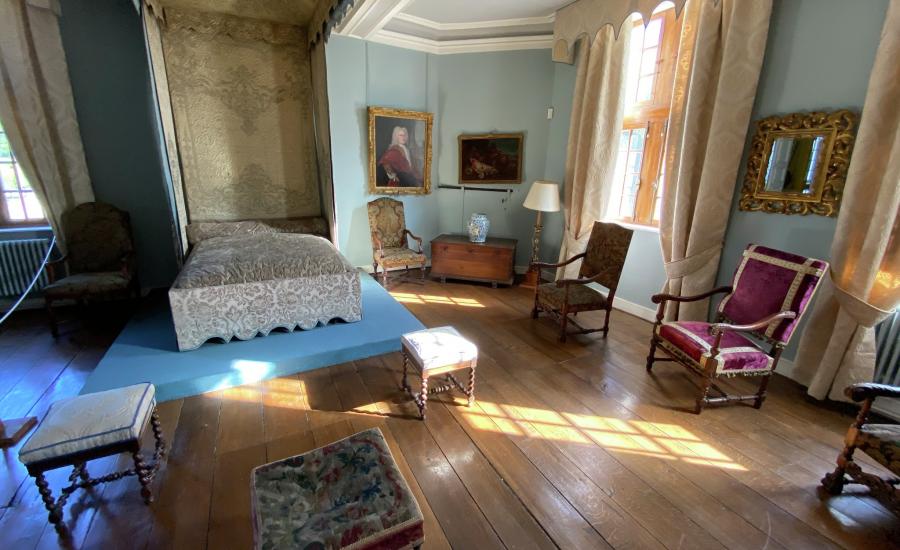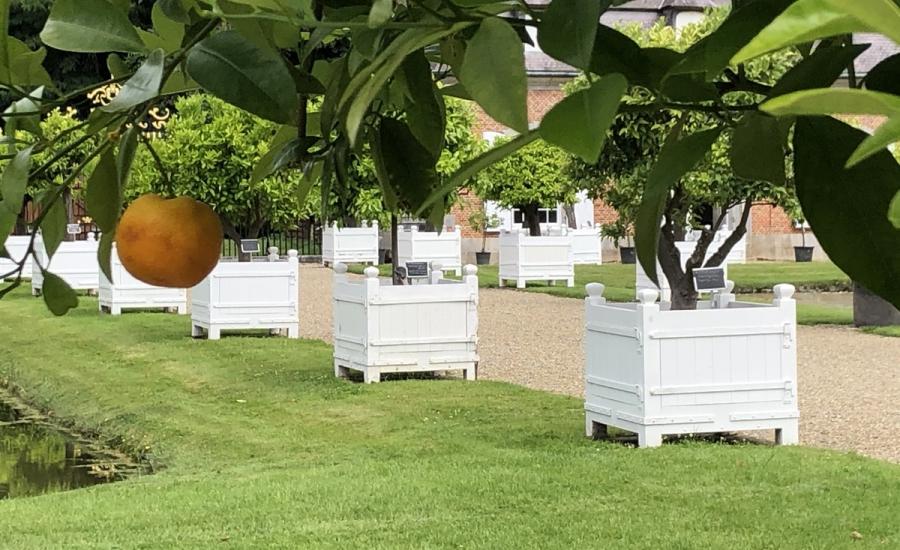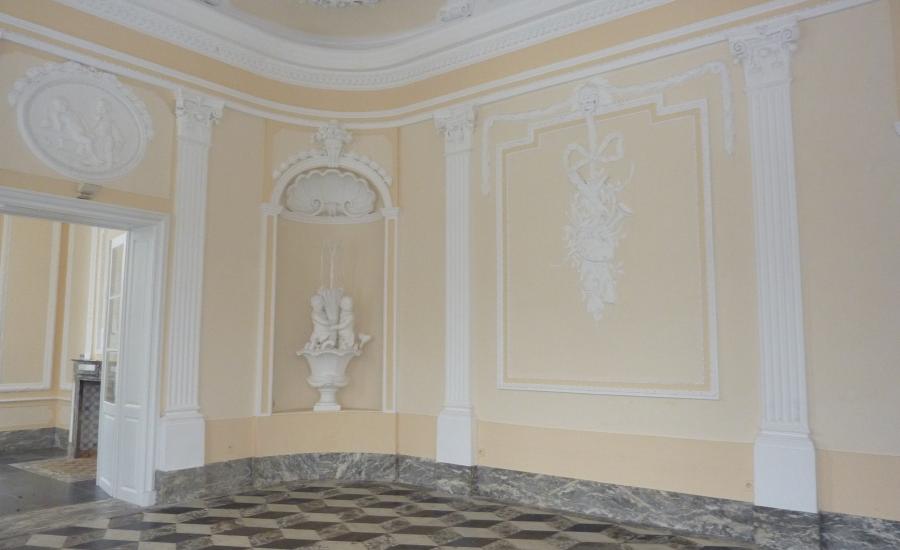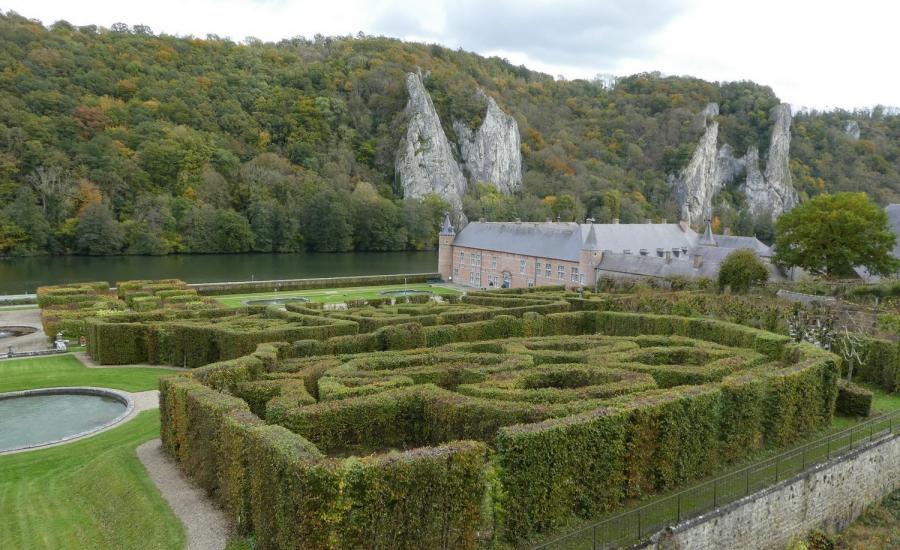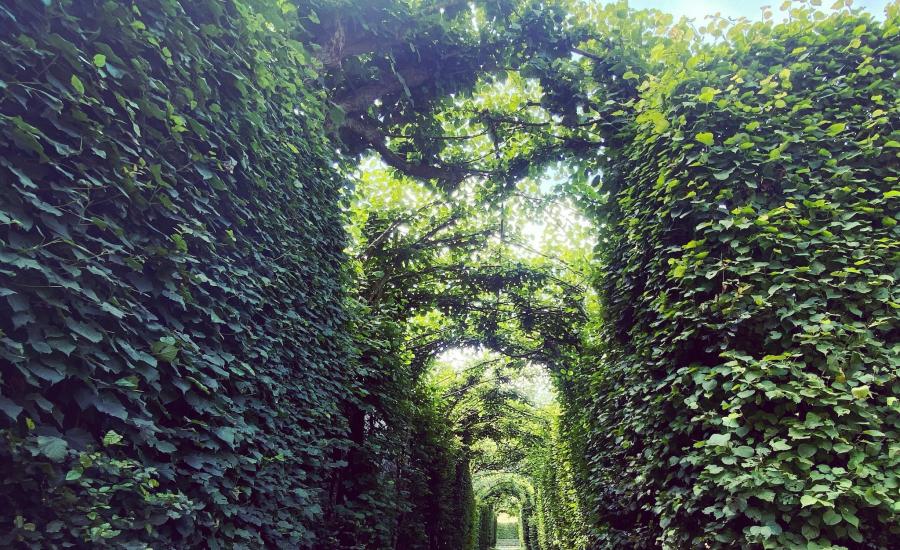Your visit
Timetable
From 1April to 30 April
Saturday, Sunday & Public Holidays
from 11:00 a.m. to 5:00 p.m.
From 1 May to 30 June
Thursday to Sunday & Public Holidays
from 11:00 a.m. to 5:00 p.m.
From 1 July to 31 August
Tuesday to Sunday & Public Holidays
from 11:00 a.m. to 5:00 p.m.
From 1 September to 16 November
Saturday, Sunday & Public Holidays
from 11:00 a.m. to 5:00 p.m.
For groups, open year-round upon request, except on Monday and from Christmas till New Year.
Last arrival: 3/4 hour before closing time
Rates 2026
- 12 € Adult.
- 10 € Senior, adolescent, student.
- 10 € Group with at least 20 participants or ready to pay 200 €.
- Free Children (up to 12 years) when coming with their parents.
Services
Parking for busses, autos, bikes.
Mooring for boats.
Fresh drink & coffee dispenser during the season.
Souvenirs, books and postcards.
Dogs allowed on a leash only in the gardens.
- Drones prohibited
RESERVATION of the BARN and ORANGERIES
Access & Mobility
Freÿr is delighted to welcome all visitors. However, for persons with reduced mobility, there are certain limitations to what is possible in a listed historical residence and its gardens. The ground floor of the château and the lower garden are easily accessible to everyone. The first floor, on the other hand, is only accessible by the staircase and there are the difficulties of steps, sloping gardens and lawns in the upper garden.
GUIDED TOUR
Visitors with a smartphone can download a free guided tour to the château. There are also printed panels giving general information around various parts of the château.
Guided visits can be organised on request.
Must See
The visitor approaches Freÿr by a majestic drive. The wood gives way to a garden, the main courtyard and finally the castle, in the Mosan Renaissance style.
The castle presents a refined and cosmopolitan decoration, which testifies to an important residence. But the visitor will also find photos, bouquets, souvenirs…, these clues to the life that a family sows in their home.
Finally, on the other side of the château, flowerbeds and arbours, ponds, fountains and orange trees unfold along varied perspectives: the “French-style” gardens, delicately set against the impressive backdrop of the Meuse and its cliffs.
Book your visit
Book your tickets through our online ticketing.
Select the date of your choice in the calendar and click on "search" to reserve your entrance tickets.


